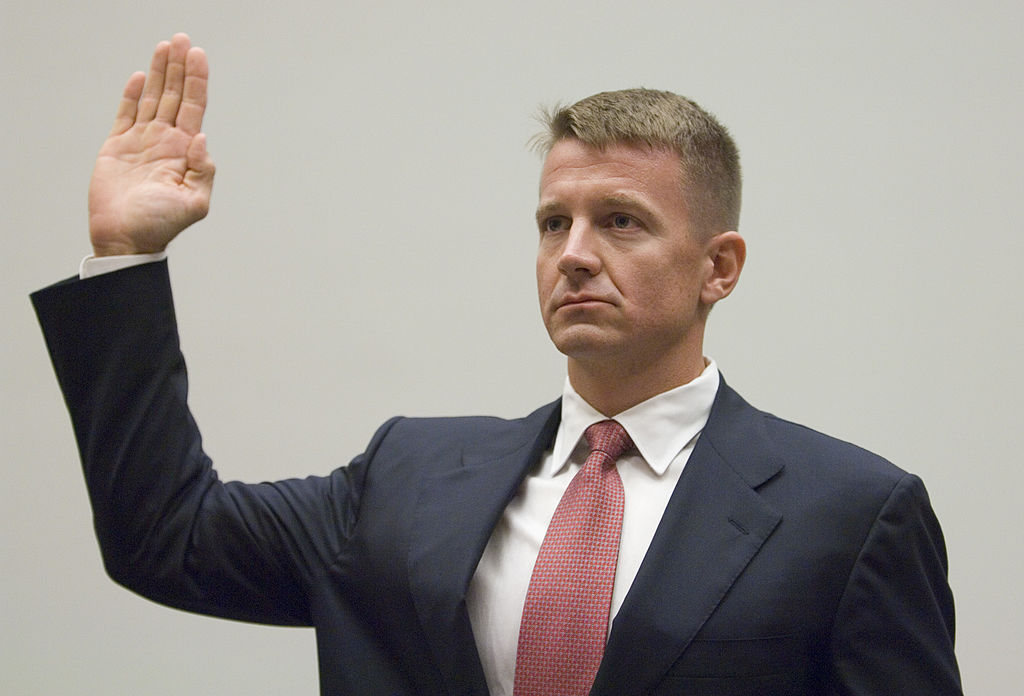Make the trend your friend
Allocate at least a part of your portfolio to a strategy with a long-standing history of success, says professional investor Emma Lawrence.
Each week, a professional investor tells MoneyWeek where she'd put her money now. This week:Emma Lawrence, associate partner, Lawrence Clarke Investment Management.
The legendary 1980s "turtle" experiment saw novice traders turned into multi-millionaires with just two weeks of teaching and deployment of a simple trend-following strategy.
The turtles were taught systematically to identify trends in the market, manage risk, add to winning positions and cut losing ones. This strategy, despite flat and negative periods at times, has continued to outperform several other investment methods in the long run. Trend-following also tends to do well during financial-market distress. Its focus is on price action so whether markets are rising, falling or trading sideways, you can profit by identifying and following the trend.
MoneyWeek
Subscribe to MoneyWeek today and get your first six magazine issues absolutely FREE

Sign up to Money Morning
Don't miss the latest investment and personal finances news, market analysis, plus money-saving tips with our free twice-daily newsletter
Don't miss the latest investment and personal finances news, market analysis, plus money-saving tips with our free twice-daily newsletter
Since the 2008 financial crisis, the world has been characterised by outrageously low or negative interest rates and government intervention in markets. With global monetary policy diverging, 2016 should offer some very interesting trading opportunities.
It's already been a rocky start for markets. Although European Central Bank governor Mario Draghi may be able to restore temporary upward momentum in stocks, by talking about reviving inflation and floating the possibility of further interest-rate cuts later this year, what does this mean for the direction of equity markets when America might still raise interest rates? We suspect we will see many more sharp, unexpected declines in 2016.
A typical hedge against the risk of holding stocks is to own bonds and we suspect global bonds will continue to rally this year. However, while bonds are traditional "safe haven" investments, you have to question how safe they really are, given that investors now need to pay the Italian government in order to lend it money, for example (ie, interest rates are negative on some Italian government bonds).
This is where trend-following comes in useful for diversification purposes investors should allocate at least a part of their portfolio to a strategy with a long-standing history of success one that typically hedges against extreme market volatility and an uncertain world.
Another trend that continues to be our friend is the falling price of oil. In 2014 we saw Brent Crude go from $110 a barrel to $80, $60, $40 in 2015 and as low as $28 a barrel in January. Even in the face of a global surplus, certain members of oil cartel Opec still refuse to cut production. Producers may believe that the lower price of oil should fuel a rebound, but we are not so sure. The unwillingness of producers to cut supplies, coupled with the ever-falling price of oil, seems to dictate otherwise.
That said, no one can know for sure where ten-year Treasury yields or the S&P 500 will be at the end of this year. That's why trend-followers typically do not take strong views on markets.
Get the latest financial news, insights and expert analysis from our award-winning MoneyWeek team, to help you understand what really matters when it comes to your finances.
Emma Lawrence is associate partner at Lawrence Clarke Investment Management.
-
 8 of the best houses for sale with electric vehicle charging
8 of the best houses for sale with electric vehicle chargingThe best houses for sale with electric vehicle charging – from a converted World War II control tower in Scotland, to a Victorian country house in Cumbria
-
 The return of Erik Prince, America's notorious mercenary
The return of Erik Prince, America's notorious mercenaryErik Prince, founder of the controversial private military group Blackwater, was shunned for pushing the boundaries of legality. He has re-established himself